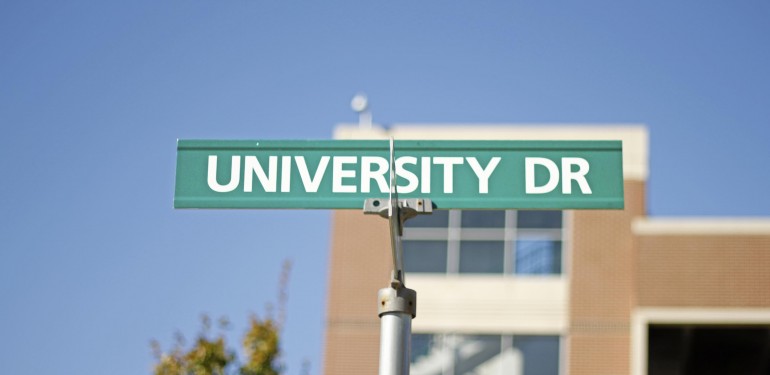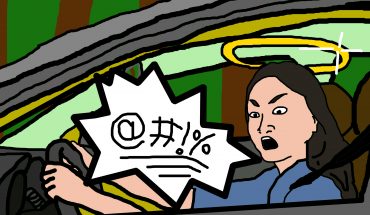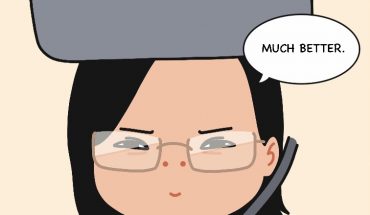(Photo credit: Claire Cecil/Fourth Estate)
The City of Fairfax has announced a year-long pilot program that will decrease the number of driving lanes on University Drive.
The program will shrink the number of lanes from four to three between Armstrong Street and South Street and will also install bike lanes along this stretch.
The project will “repurpose the pavement on University Drive to provide three lanes, one lane in each direction plus a center turn lane, instead of four lanes, and add bicycle lanes,” stated Fairfax Director of Transportation, Wendy Sanford, at a city council meeting Sept. 29.
This project is occurring in an effort to increase multimodal transportation between Mason and Old Town Fairfax.
“We hope that the addition of dedicated bicycle lanes on University Drive will encourage more people to ride their bikes (and try other non-SOV [single occupancy vehicle] forms of transportation). Someone could ride their bike into downtown and then take the CUE bus back to campus, for example,” Sanford said via email. “…All CUE buses are equipped with bike racks.” Students with a Mason ID can ride CUE buses for free.
Sanford said that construction is currently being scheduled, but she does not know when it will begin.
The proposed changes to University Drive meet the criteria of what the Federal Highway Administration (FHA) calls a road diet. According to the FHA, a road diet converts an existing non-divided four-lane highway into a three-lane highway with one lane going in each direction and adds a center two-way turn lane. Traditionally, road diets aim to improve safety by reducing speed, decreasing the distance pedestrians have to travel at crossroads and adding a center turn lane.
If the project is found to be unsuccessful, Sanford said the current four-lane configuration will be restored.
“Originally, the idea was to perform this road diet on University Drive between Armstrong Street and Layton Hall, but after our evaluation of this, it was recommended that in order to avoid peak congestion the limits be revised from Armstrong Street to South Street, and then after South Street the transition would be back to four lanes,” Sanford said at the city council meeting.
According to Sanford, the pilot program is one result of the Vision Fairfax Mason workshop that took place in November 2014, where participants developed ways to improve the connection between the Mason and Fairfax City communities.
“This project was a recommendation that came out of last November’s charrette between the university and the city. This project was identified as a way to improve connectivity between the university and downtown,” Sanford said.
The road diet will likely provide an easier way for students to get to downtown Fairfax, Sanford said.
According to a report by City Manager Robert Sisson, “the cost to apply thermoplastic in the new, road diet configuration and add associated signage would be approximately $10,000. If, after one year, the road diet is determined to be unsuccessful, the cost to remove the thermoplastic markings and apply replacement markings in original configuration would be approximately $10,000.”
The changes would affect the intersections of University Drive at Main Street, Sager Avenue, Fire Station #3 and Armstrong Street, according to the presentation given at the city council meeting.
At the presentation the goals of the project were listed as follows: to reduce vehicular speed; to provide an attractive bicycle path on University Drive, which is currently listed as a bike-friendly street by the City of Fairfax; and to ensure that the new roadway configuration will not negatively impact traffic or existing transit routes.
The report stated that traffic would have to increase by 22 percent to create a failing intersection on this stretch of road and that traffic volumes on University Drive have decreased since 2005.
At the council meeting, Sanford also mentioned that the pilot program will implement bicycle-detection technology.
“We are piloting some new technology at this intersection, to have bicycle detection on University Drive at Armstrong Street,” Sanford said. “This will function similar to our regular vehicle detection, but it can detect a bicycle on the road and change the signal to green for a waiting bicyclist on University if there are no cars on Armstrong. It uses thermal infrared detection to identify approaching bicyclists, and then it will alter it for them, the same as it would an approaching vehicle.”




